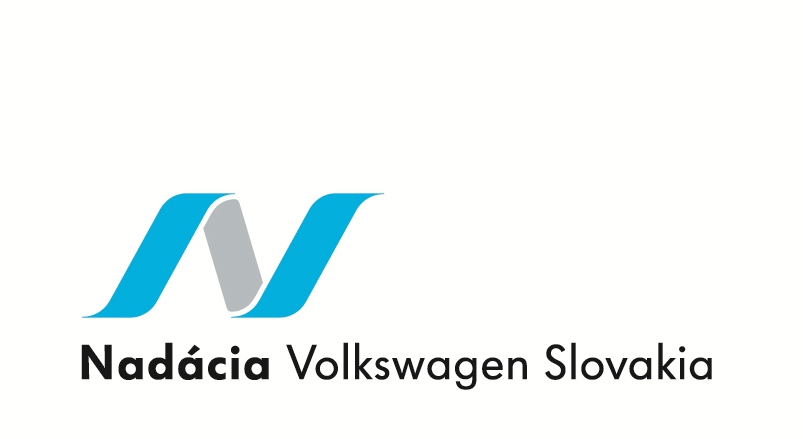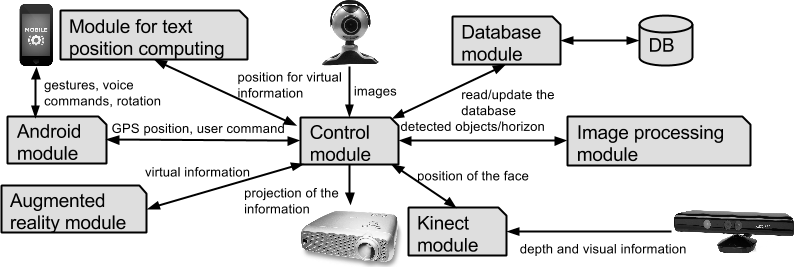
Carlos – Car Entertainment System
Patrik POLATSEK*, Martin PETLÚ *, Jakub MERCZ* Lukáš SEKERÁK, Peter HAMAR*, Róbert SABOLÓ
Slovak University of Technology in Bratislava
Faculty of Informatics and Information Technologies
IlkoviÄova 2, 842 16 Bratislava, Slovakia
team03.1314@gmail.com
Carlos
Entertainment and information systems become an important part of our lives. One of the most modern and natural human-computer types of interaction is an augmented reality (AR), where a real-world environment is supplemented by virtual data, such as visual, textual and audio data.
Our aim is to create a prototype of an interactive system with a user-friendly interface for fellow travellers in a car designed for entertainment and educational purposes. The proposed system called Carlos changes a car side window into a transparent projection screen to supply the surrounding reality with the virtual information. The system creates an AR on a car window, due to which it can inform travellers about the immediate environment in real-time.
Carlos visualises the information on a side window with a transparent film using a small LED projector. The whole system is controlled using a mobile phone with gestures, voice commands or rotation of the device.
Carlos detects interesting objects such as sightseeing, restaurants and hotels on images captured by a camera mounted on a car. In the detection phase, it compares the images using the actual GPS position and the internal database of objects of interest. The detection starts with the selection of potential objects close to the GPS position automatically received from a mobile phone. Subsequently, the object detection is performed using feature extraction and matching methods. After the successful detection, the system computes the location of objects using the homography [1]. Due to proper displaying the information, Carlos works with the Kinect device to detect the user’s head position. Then the location of detected objects is recomputed in order to the precise placing of virtual information for the actual user’s gaze at the window. Finally, Carlos projects on a window the basic tourist textual and visual information for detected objects.
Carlos is not only the information system but also the entertainment system. It uses object detection also for an educational game based on answering a question related to the object. Another AR game is a flight game whose aim is to keep a plane above the horizon as long as possible. In order to detect the horizon, the system detects sky regions with an edge detection algorithm. The flight of a plane is controlled by simple gestures on a screen or rotation of a smartphone.
Most AR car systems create an AR on a front window to display navigation information or increase safety by detecting objects close to the car. An example of an entertainment system whose aim is closer to our system is a project called Touch the Train Window by
* Master study programme in the field: Information Systems
†Master study programme in the field: Software Engineering
Supervisor: Dr Vanda Benešová, Institute of Informatics and Software Engineering, Faculty of Informatics and Information Technologies STU in Bratislava
